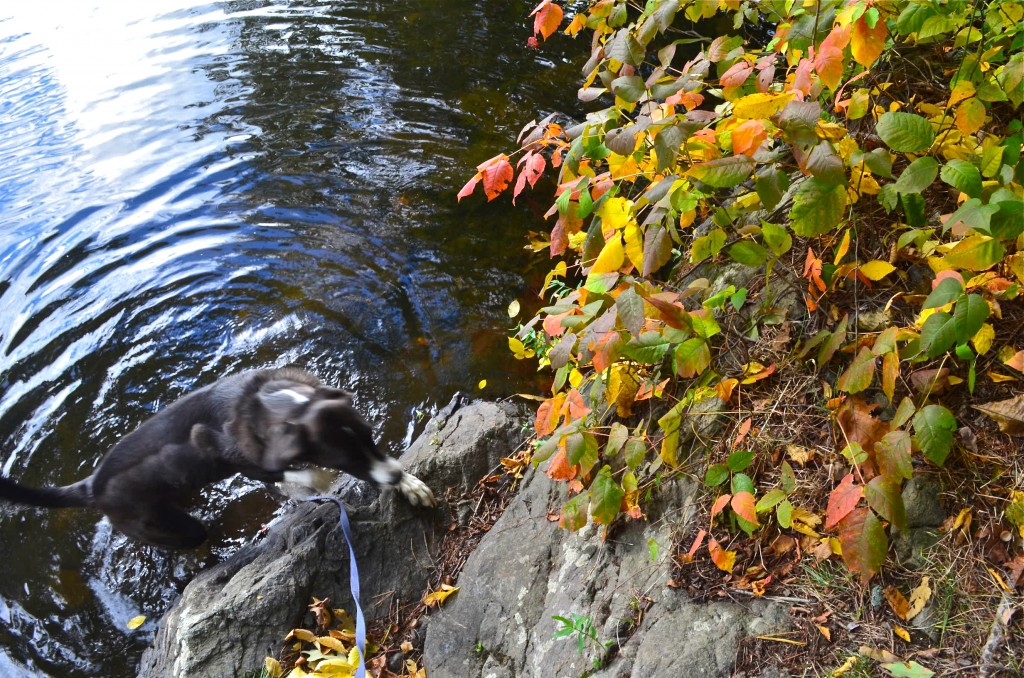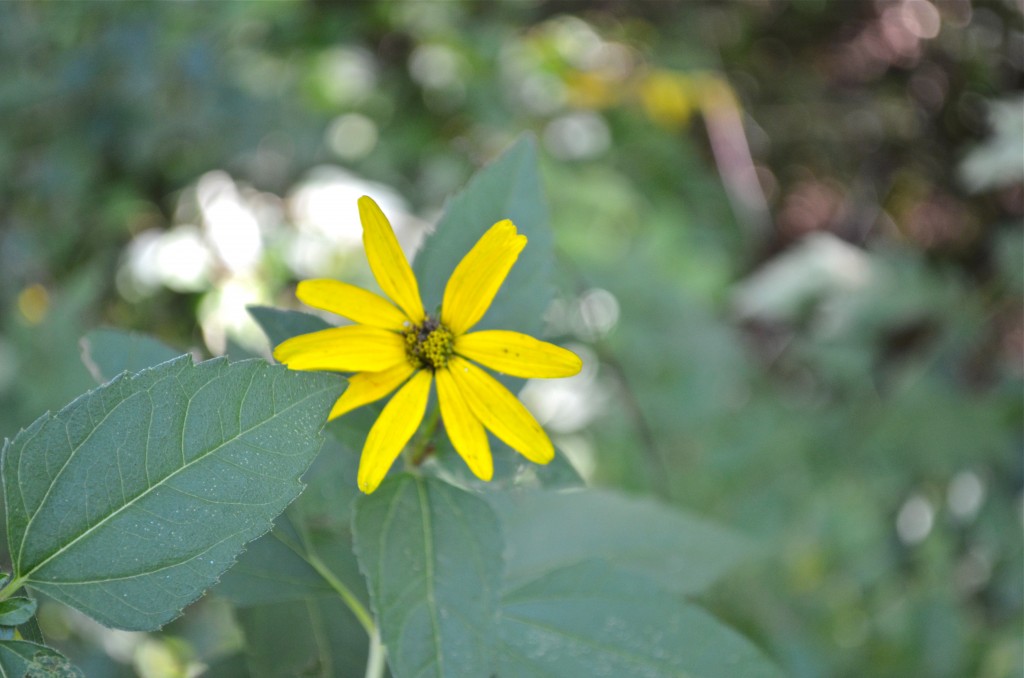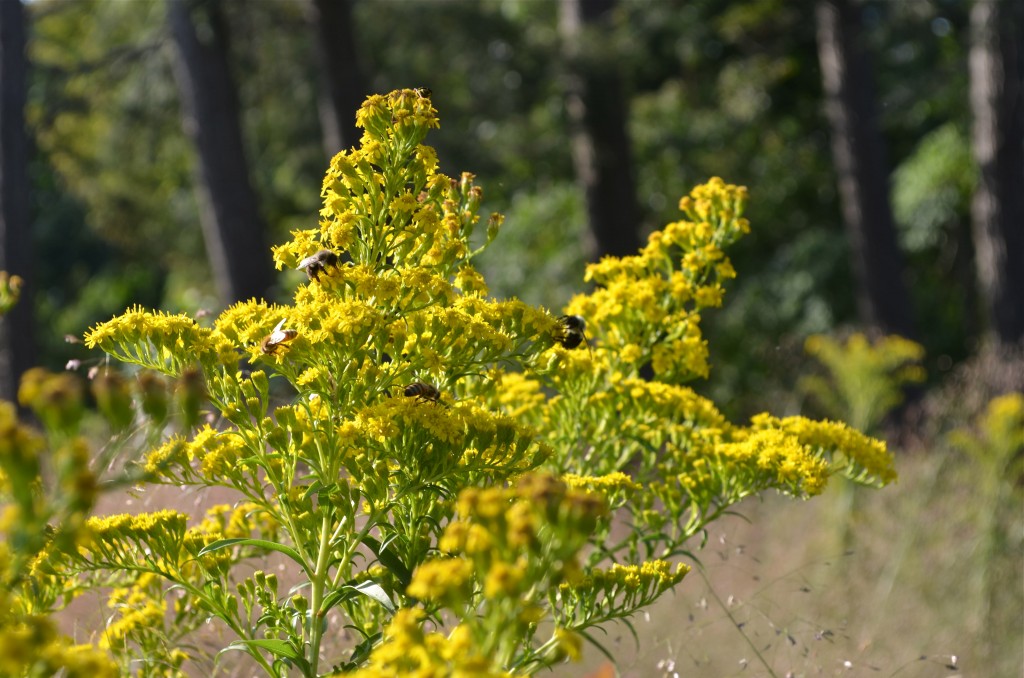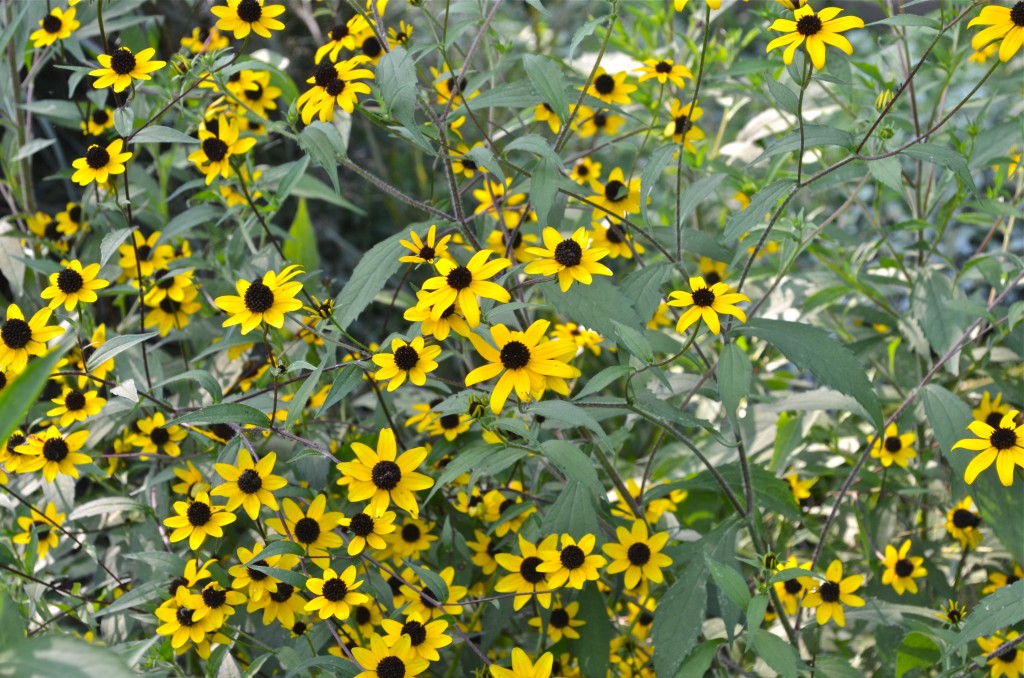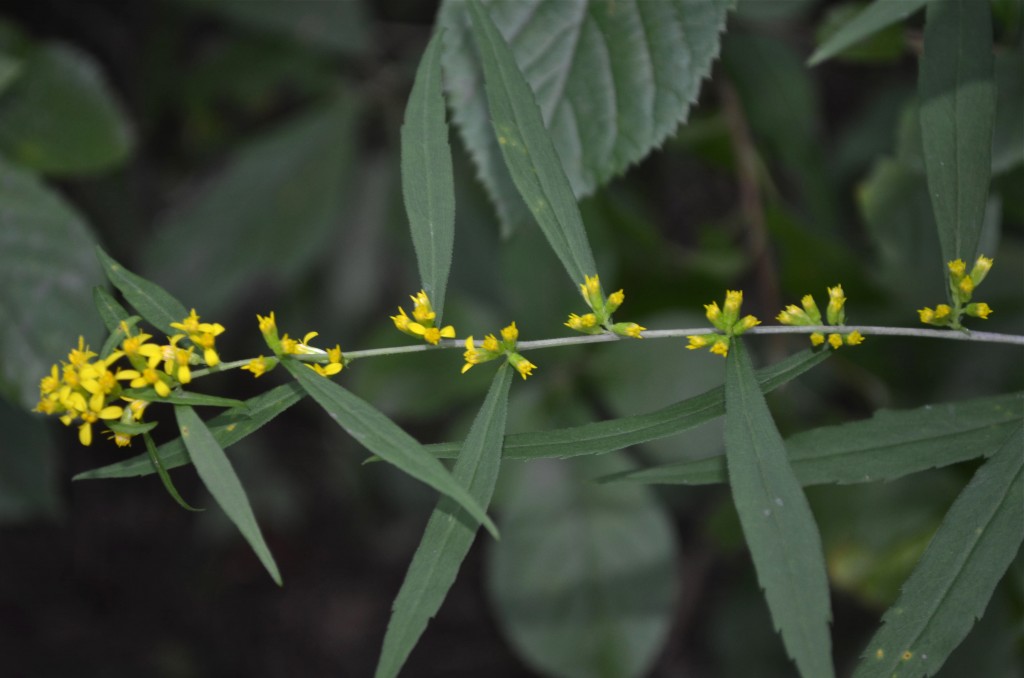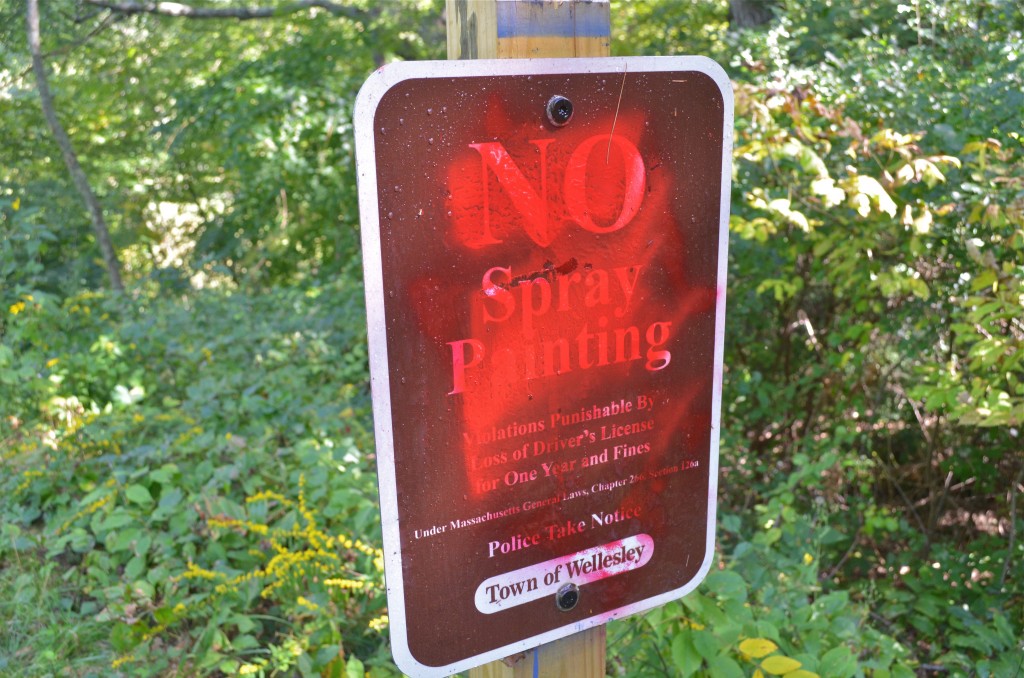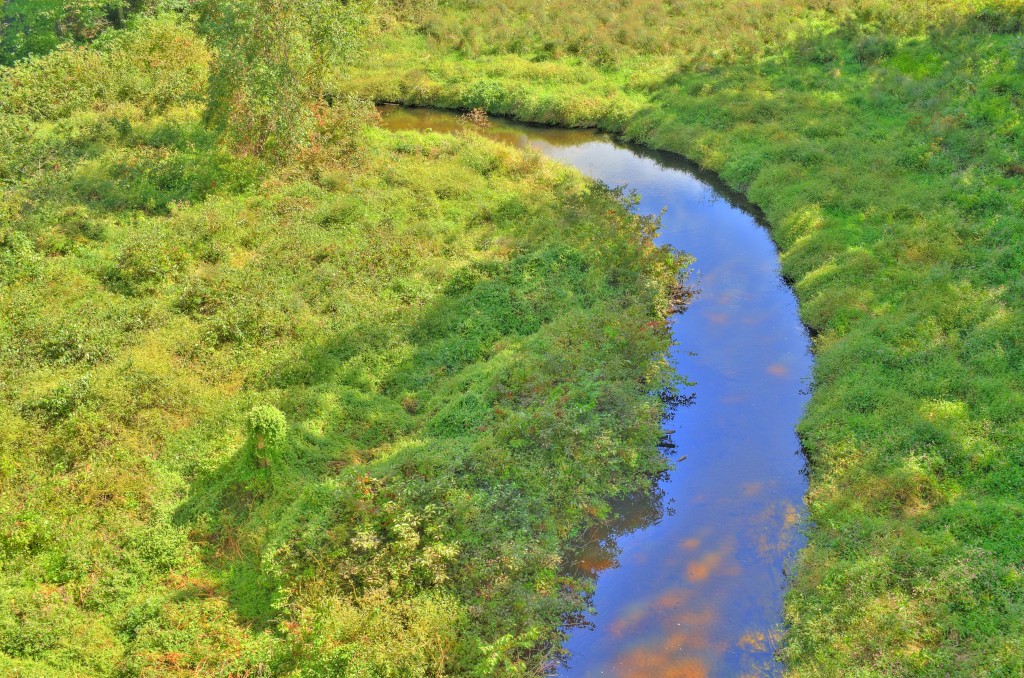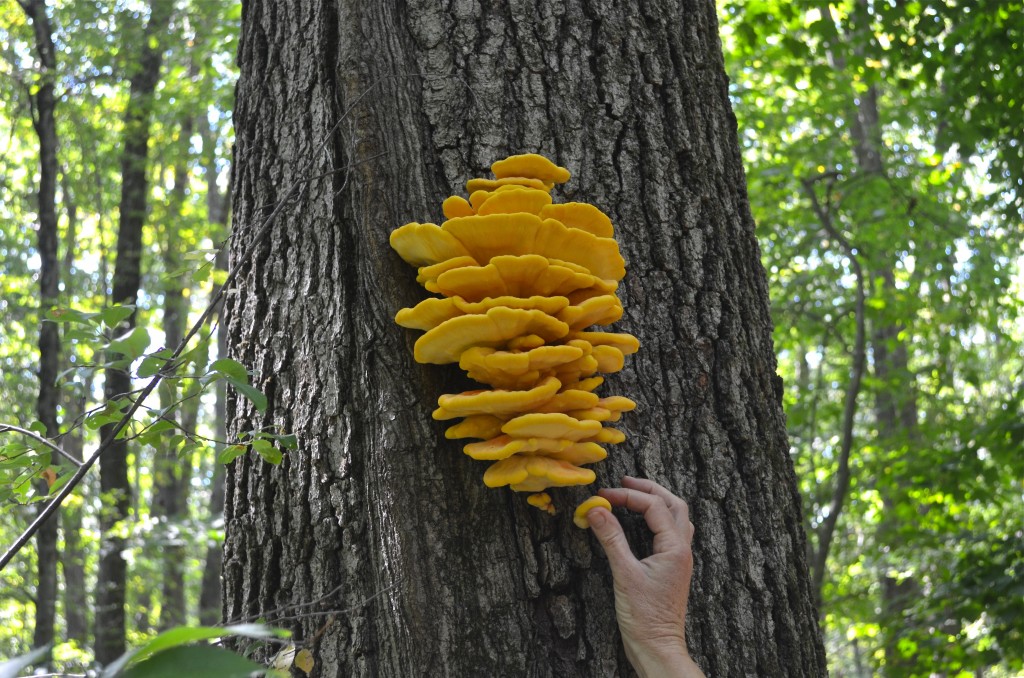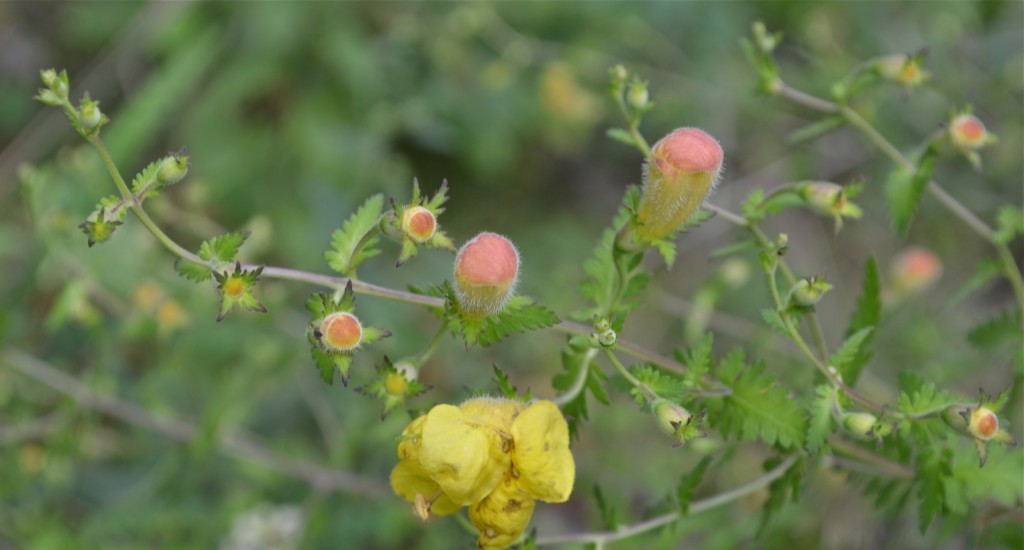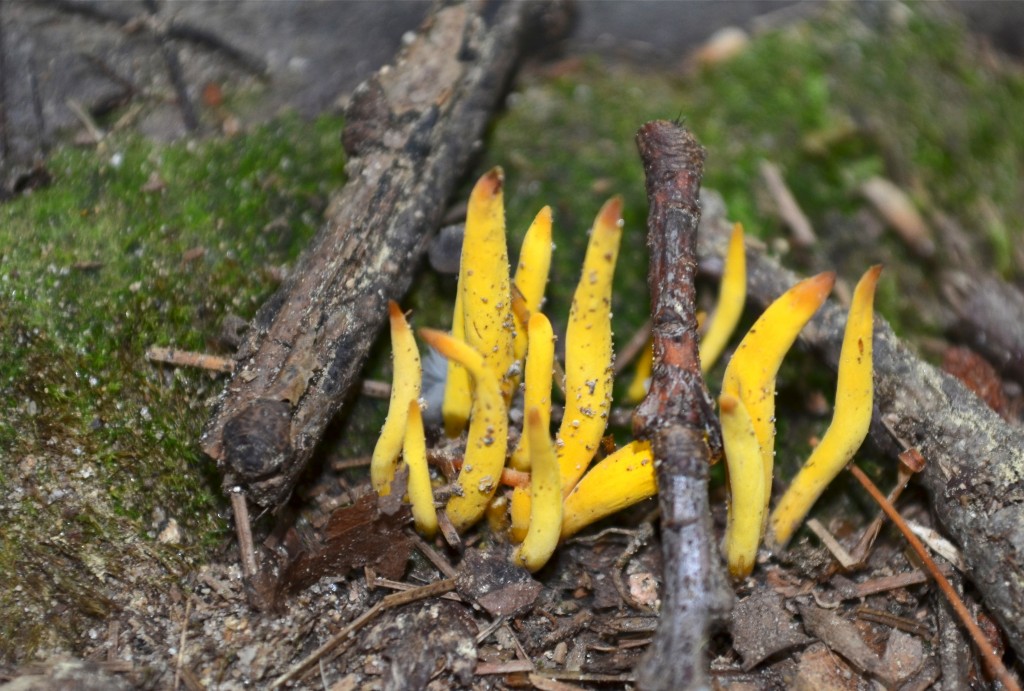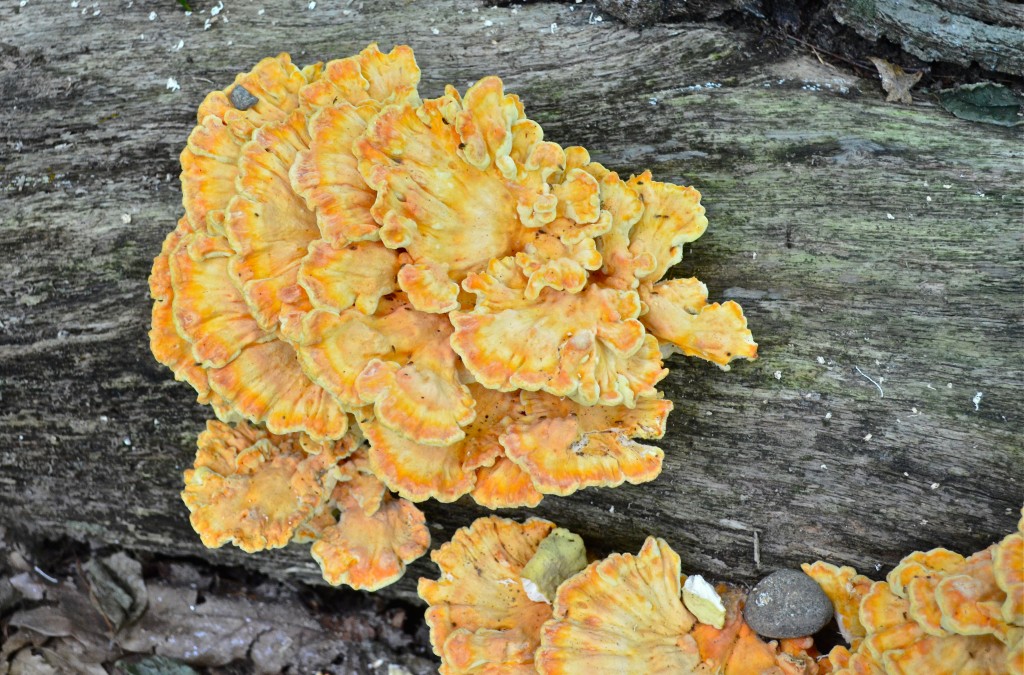I never got a good shot of the poison ivy when it was in bloom. But now it’s really drawing attention to itself with color. Many songbirds eat the seeds and fruit. Bears, rabbits and deer eat the foliage with apparent immunity–in fact only hamsters and primates are known to have allergic reactions to it! Of course, it is identifiable by its three leaves, regardless of other variables– it can be a shrub, a trailing or a climbing vine. The poison is urushiol, a compound found in the sap. Urushiol oil can still be active for years after the plant is dead, so an old vine is still poisonous. Also, mangoes are in the same family, and people who are sensitive to poison ivy can have a similar reaction to mangoes. Jewelweed is a natural remedy for poison ivy. Native. Virtually unknown in Europe. Anacardiaceae family.
Poison Ivy (Toxicodendron radicans)

